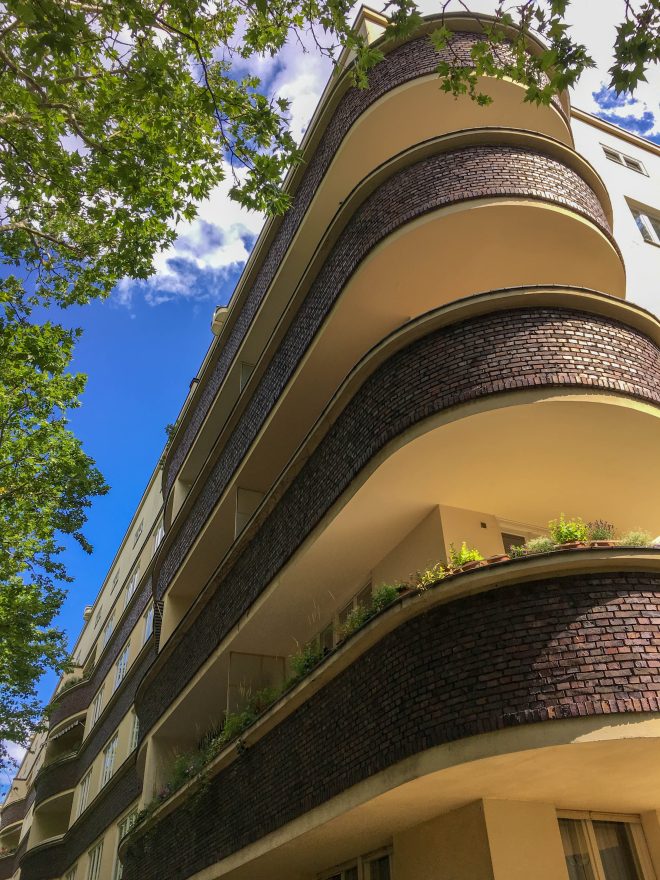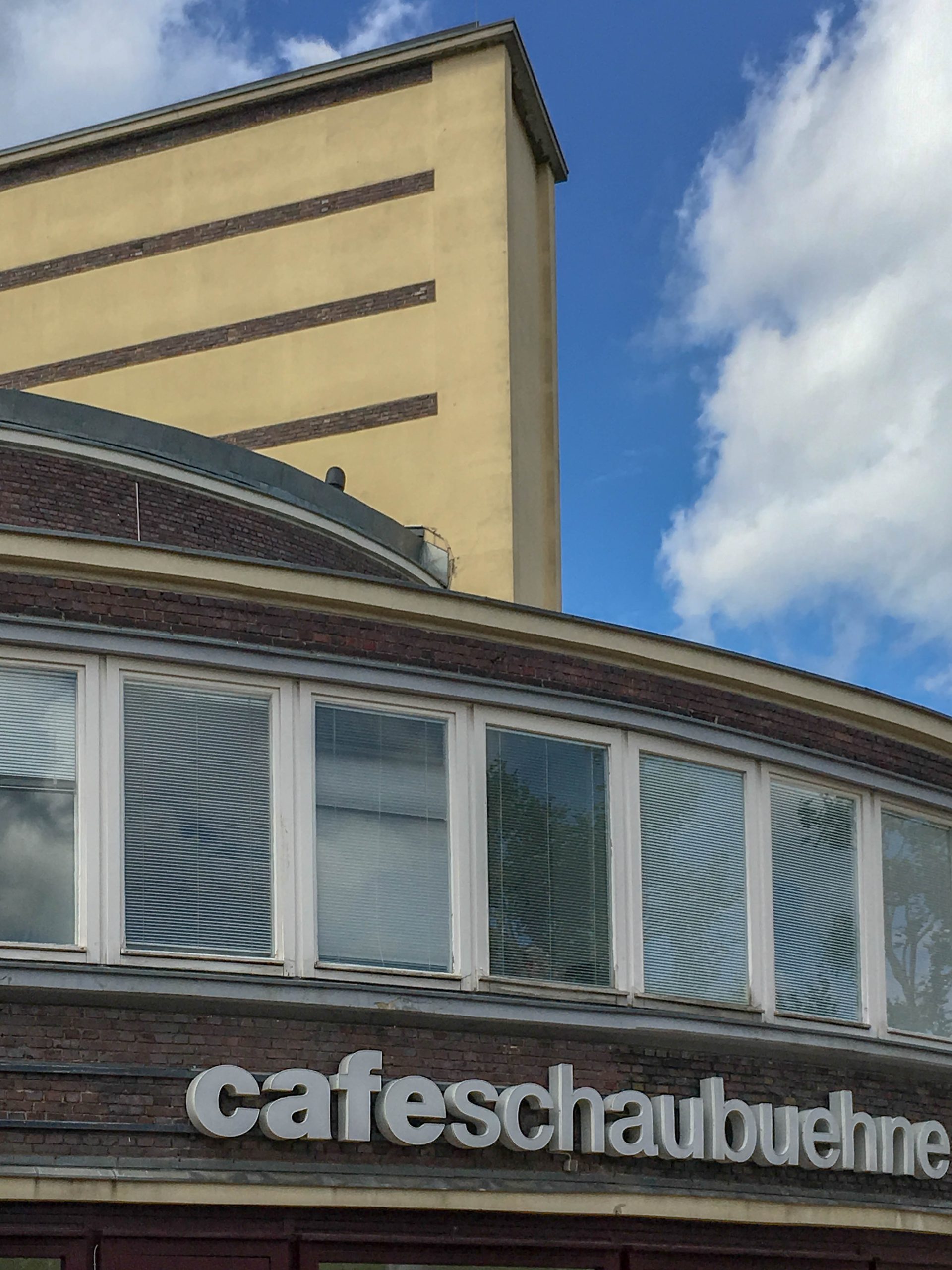
WOGA Complex, former Universum cinema, 1926-1931. Architect: Erich Mendelsohn. Photo: Daniela Christmann
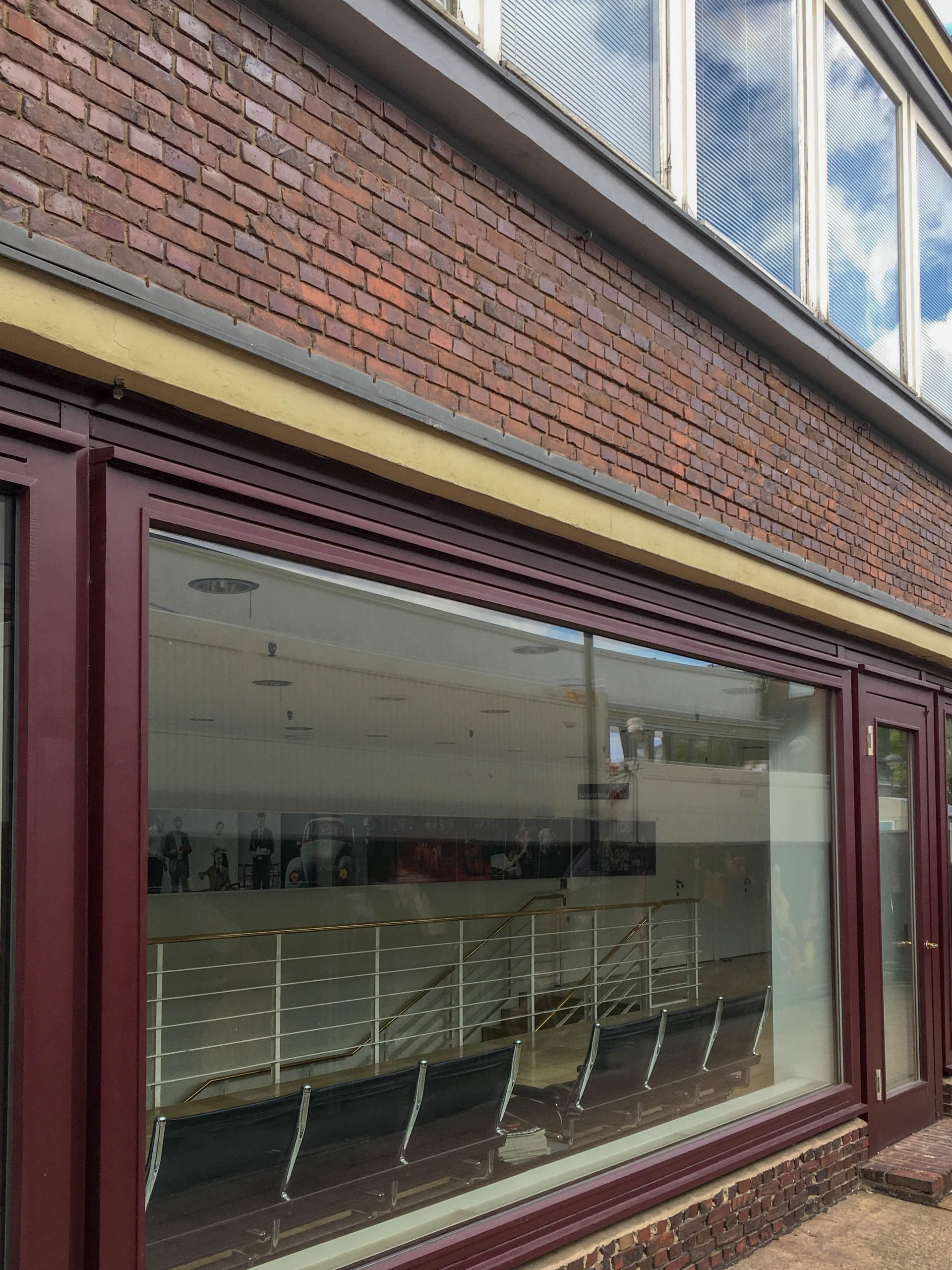
WOGA Complex, former storefront, 1926-1931. Architect: Erich Mendelsohn. Photo: Daniela Christmann
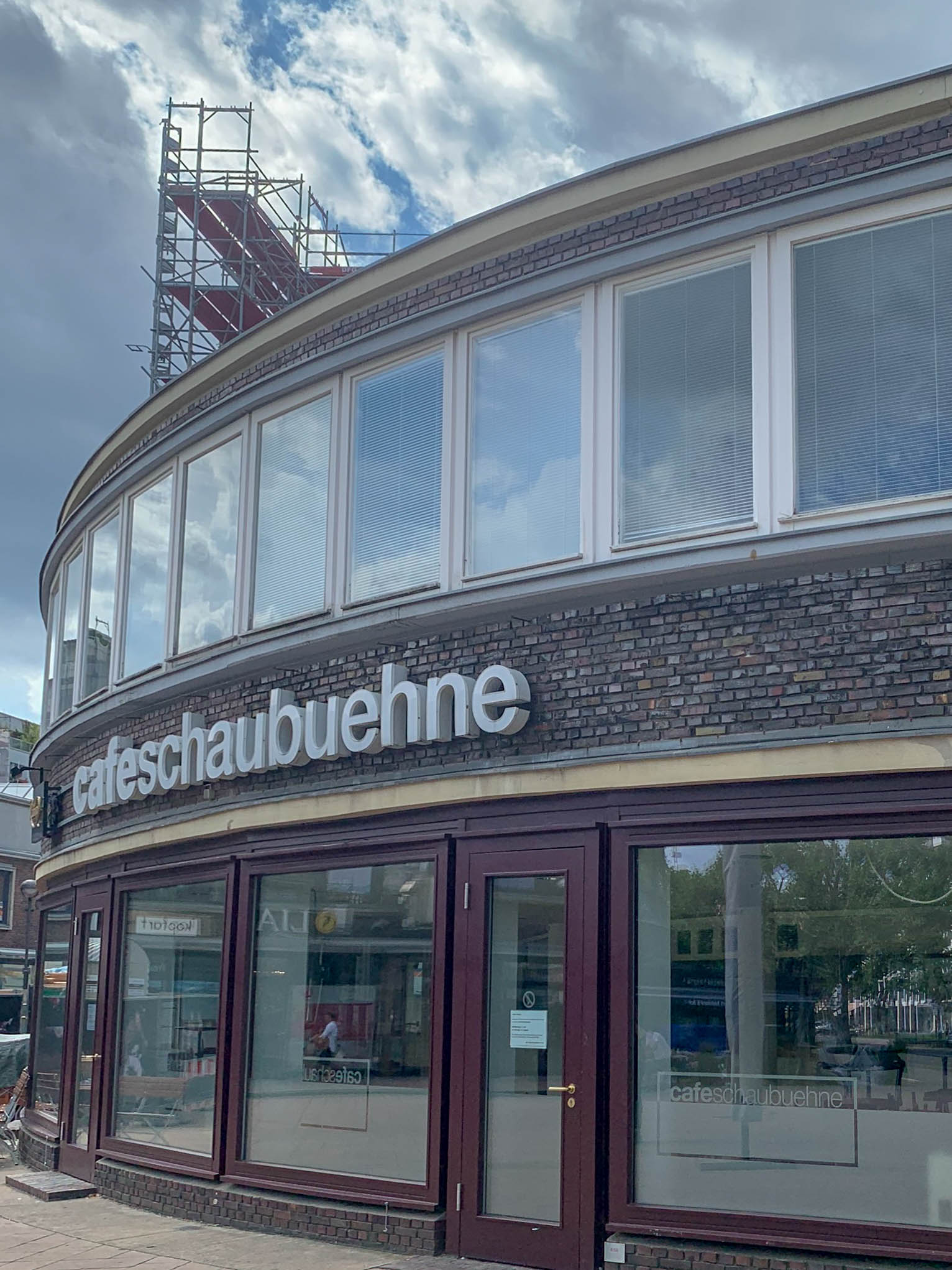
WOGA Complex, former Universum cinema, 1926-1931. Architect: Erich Mendelsohn. Photo: Daniela Christmann
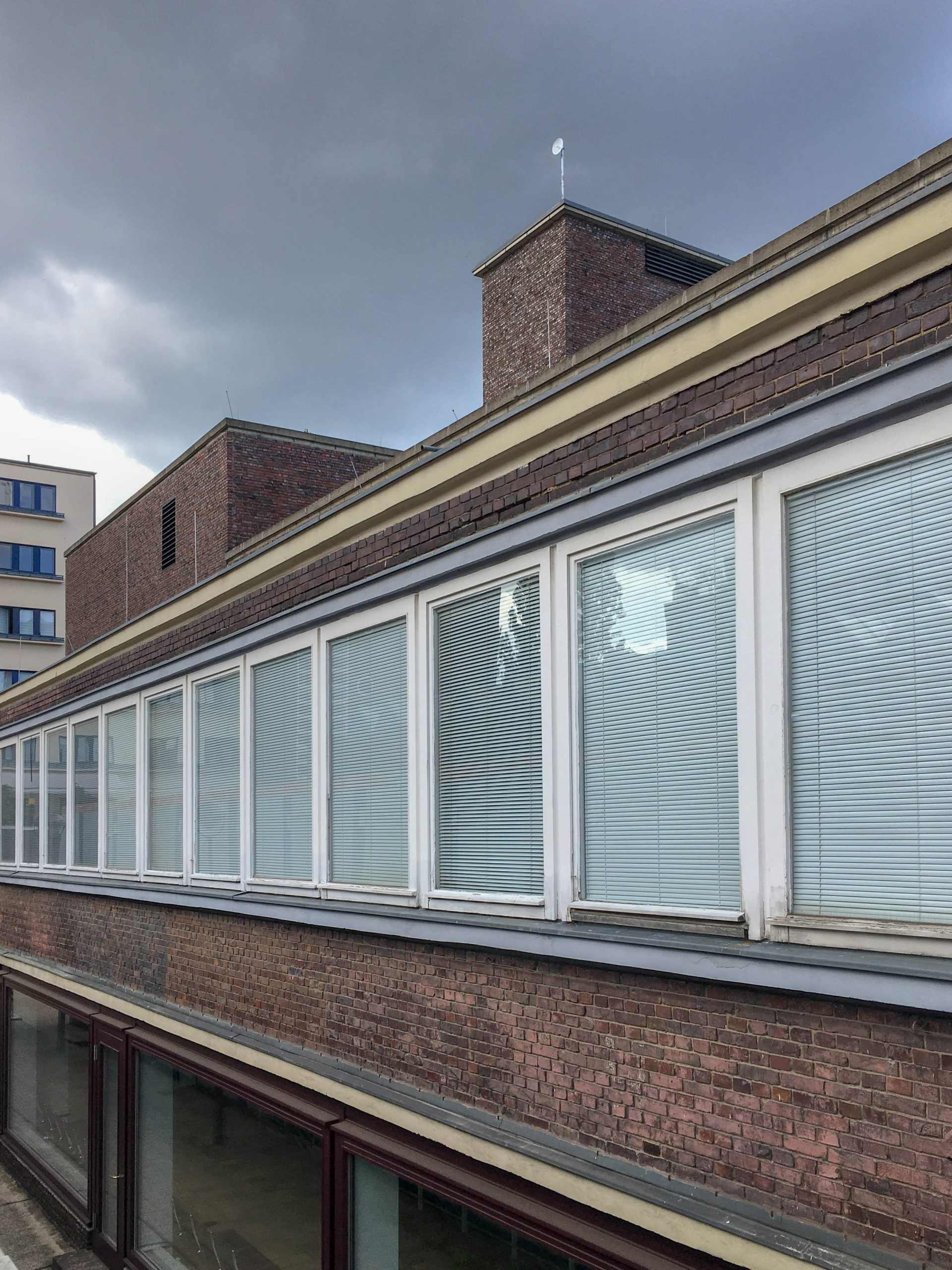
WOGA Complex, former storefront, 1926-1931. Architect: Erich Mendelsohn. Photo: Daniela Christmann
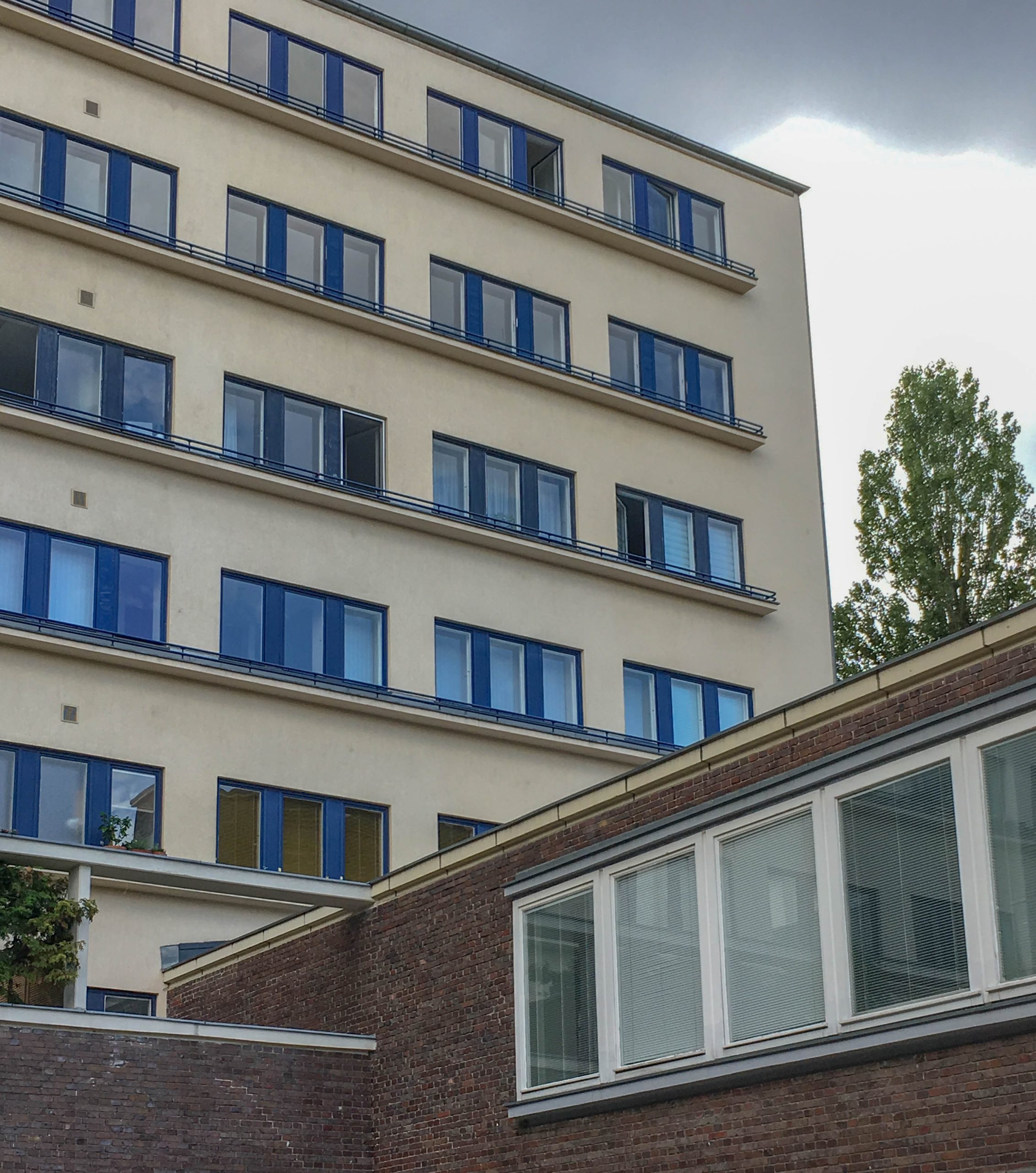
WOGA Complex, apartment building, 1926-1931. Architect: Erich Mendelsohn. Photo: Daniela Christmann
1926 – 1928, 1927 – 1931
Architect: Erich Mendelsohn
Kurfürstendamm 153-156, Cicerostraße 55a-63, Albrecht-Achilles-Straße 2, Berlin, Germany
Between 1926 and 1928, Erich Mendelsohn designed one of the most important urban ensembles in Berlin with the buildings of WOGA, the Wohnhaus-Grundstücks-Aktien-Gesellschaft, covering an area of 40,000 square meters.
Buildings WOGA Complex
The complex, which is now a listed building, included the UFA premiere cinema Universum, the Kabarett der Komiker (Cabaret of Comedians), a restaurant, a hotel, stores, tennis courts, and an apartment block.
Mendelsohn combined the different functions of the buildings into a design unity through his dynamic formal language.
Integrated into the ensemble is a residential complex built between 1926 and 1927 as a perimeter block development according to plans by architect Jürgen Bachmann.
Construction
The buildings of the WOGA-Komplex are based on a steel skeleton construction, which is infill and either clad in brick or plastered.
The façade of the former Universum movie theater in oscillating semicircular forms is contrasted by upwardly striving wall surfaces.
This design motif is taken up on the street side of the apartment block, along the façade of which brick parapet bands run, starting in a bow-like manner and projecting in a circular segment in the area of the loggias, creating an undulating movement.
The courtyard front of the residential complex is designed with semi-cylindrical bay towers, which house the staircases.
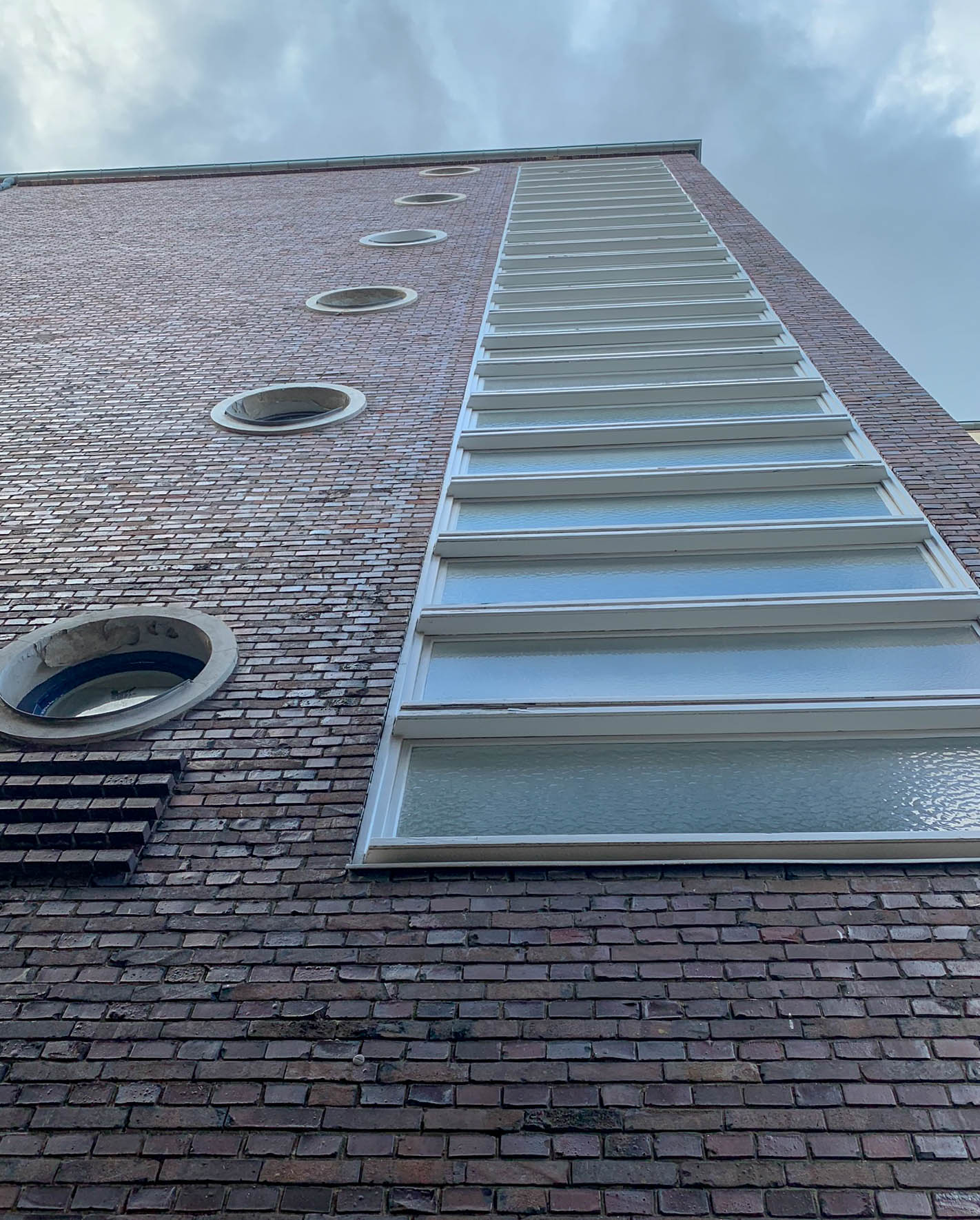
WOGA Complex, apartment building, 1926-1931. Architect: Erich Mendelsohn. Photo: Daniela Christmann
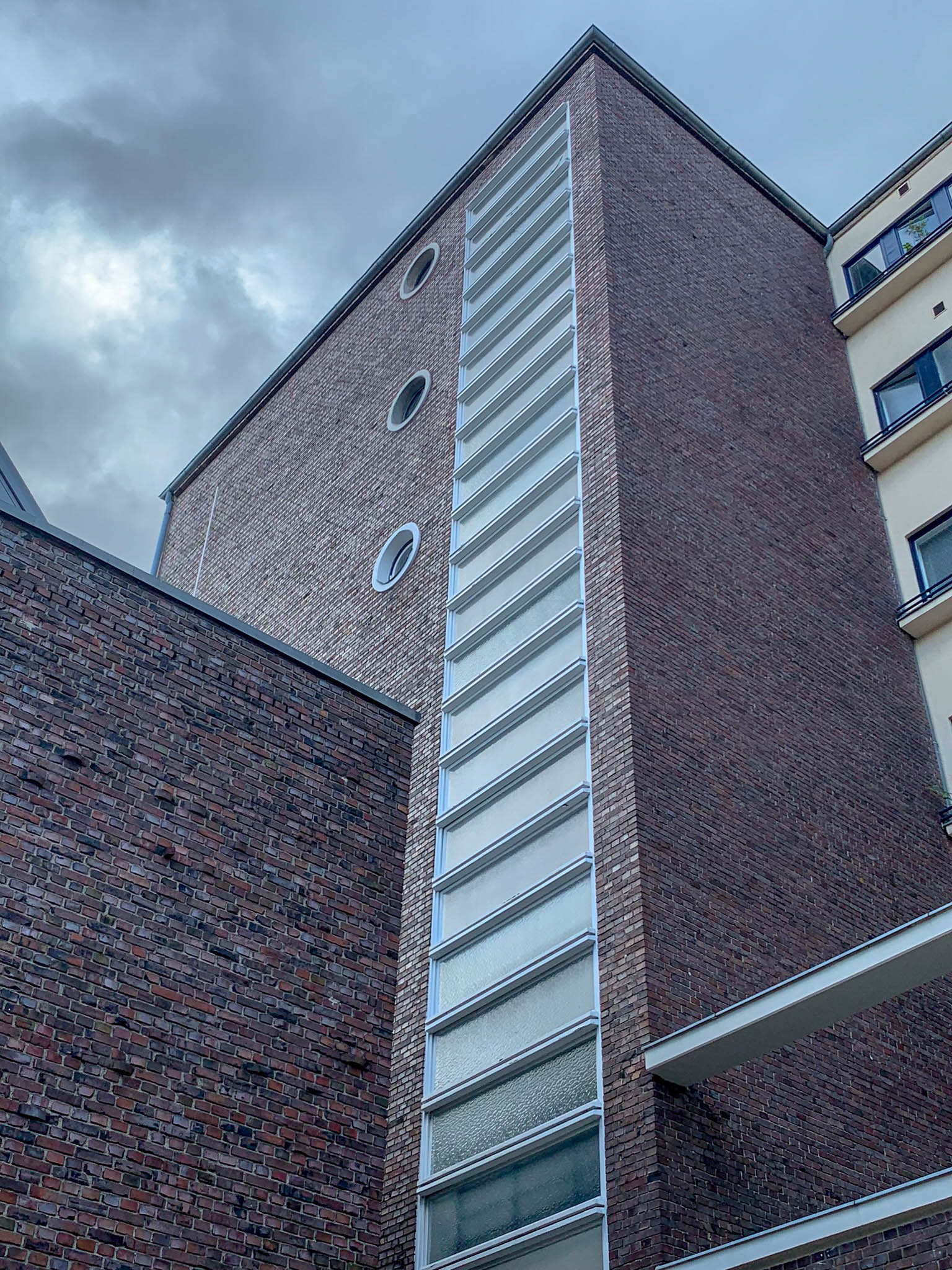
WOGA Complex, apartment building, 1926-1931. Architect: Erich Mendelsohn. Photo: Daniela Christmann
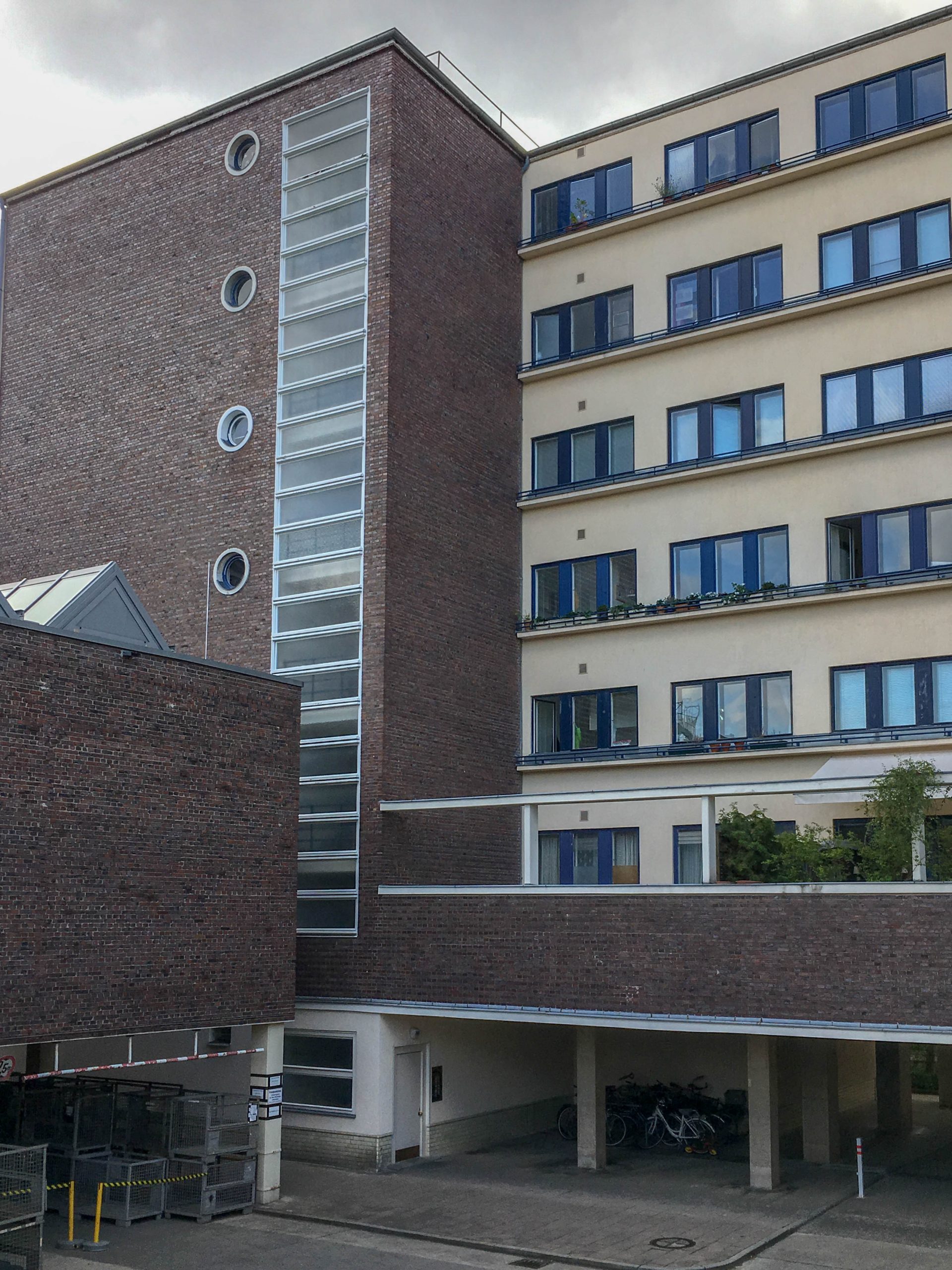
WOGA Complex, apartment building, 1926-1931. Architect: Erich Mendelsohn. Photo: Daniela Christmann
Post War
After war damage, a slightly modified reconstruction of the cabaret took place in the 1950s according to plans by architects Franz-Heinrich Sobotka and Gustav Müller.
The Universum movie theater, which had been badly damaged by the war, was reconstructed between 1978 and 1981 according to plans by architect Jürgen Sawade and converted for use by the Schaubühne.
Residential Complex
The original construction plan called for a purely residential complex to be built on a four-hectare undeveloped plot at Kurfürstendamm 153 to 156.
The owner of the property was the publisher Hans Lachmann-Mosse.
His wife Felicia Mosse owned Wohnhaus-Grundstücks-Aktien-Gesellschaft, WOGA, and was the developer.
The building project was financed by an American bond of 1.5 million US dollars as well as by house interest tax mortgages resulting from the taxation of the tenants.
As reported in the magazine ‘Die Bauwelt. Illustrierte Zeitschrift für das gesamte Bauwesen’ published by Ullstein Verlag in 1931, the rent in the housing complex was expected to be 700 marks construction subsidy per room and 600 marks annual rent per room.
Jürgen Bachmann – Erich Mendelsohn
Architect Jürgen Bachmann was initially commissioned to design the residential buildings for the entire site.
To make the project more attractive to wealthy shareholders, it was decided to build a cultural and commercial complex to complement the residential complex.
The architect Erich Mendelsohn was then entrusted with the further planning.
Under his direction, the entire complex was finally built, including the Universum premiere cinema (now the Schaubühne), the Kabarett der Komiker (Cabaret of Comedians), the Leon café-restaurant, a hotel (later converted into an apartment building), stores and a residential complex with tennis courts and garages.
Cinema Universum
One of the head buildings housed UFA’s premiere cinema, the Lichtspielhaus Universum, with 1763 seats.
In his building application of April 28, 1927, Mendelsohn explained his plan to create a retractable orchestra platform inside the Lichtspielhaus, which was to be realized by an additional room under the stage.
The roof of the building was emphasized by the particular ventilation construction. Resembling a narrow, tall chimney, the ventilation structure rose up, creating additional advertising space. To the left and right of the main entrance, located on Kurfürstendamm, were two-story stores.
Renovation
The cinema was badly damaged by bombs during World War II.
In the 1970s, only the exterior facade of the cinema was renovated in accordance with the preservation order.
Kabarett der Komiker
Across the street from the cinema was the Kabarett der Komiker (Cabaret of Comedians), which had 816 seats from 1928. It was the first theater in Berlin where smoking was allowed in the auditorium. It was equipped with a stage, an iron curtain, a sprinkler system, a lacing floor, and a ventilation system that could handle five air changes per hour.
Apartment building
The apartment building, part of the complex, was originally planned as a hotel. The stock market crash of 1929 led investors to opt for another apartment building instead of the hotel. The connecting bridge to the Universum cinema was to enable residents to get there sheltered in bad weather.
The 45-meter-long seven-story building contains one- and two-bedroom apartments with an elevator in each stairwell. The apartments on the second floor also have terraces facing the shopping street.
Adjacent to the apartment building are two five-story side wings, each 60 meters long. There are four apartments on each floor. In the inner courtyard there are small front gardens.
The buildings were provided with a single-lane bypass road. It allowed access via ramps to the garages located in the outer side wings.
Housing Complex Cicerostraße
The housing complex on Cicerostrasse had intercoms at the doors and a central heating and hot water supply.
The floor plans of the five-story houses offered efficient use of space. To the right of the staircases of house numbers 57 to 62 were five-and-a-half-room apartments with kitchen, bathroom and WC, each with around 128 m² of living space.
To the left of the staircases were smaller apartments with two rooms facing the street, one room facing the courtyard, a kitchen and a bathroom.
Balconies
Mendelsohn structured the facade horizontally on the street side with clinkered, wave-shaped balconies. Towards the inner courtyard, semicircular bay towers, in which the staircases are located, divide the facade.
Since 1930, Mendelsohn planned the development of the areas inside the block with so-called cross houses, which received building permission in 1932. In April 1932, however, he rejected these plans in favor of the construction of the tennis courts.
Tennis Courts
Since 1908, there had already been a tennis facility here under the name New West Ice Rink, which existed until 1919.
In 1905, the site was cleared and the ice rink was demolished as part of the development. The Higher Administrative Court was built on this site on what is now Jebens Street.
In 1908, the New West Ice Rink (West Ice Rink II) opened on Leibnitz Street and existed until 1919.
The tennis courts in the courtyard between the apartment buildings of Jürgen Bachmann and Erich Mendelsohn completed the WOGA complex as a sports facility for the tenants and for the public. The courts did not belong to any club and could be rented by the hour.
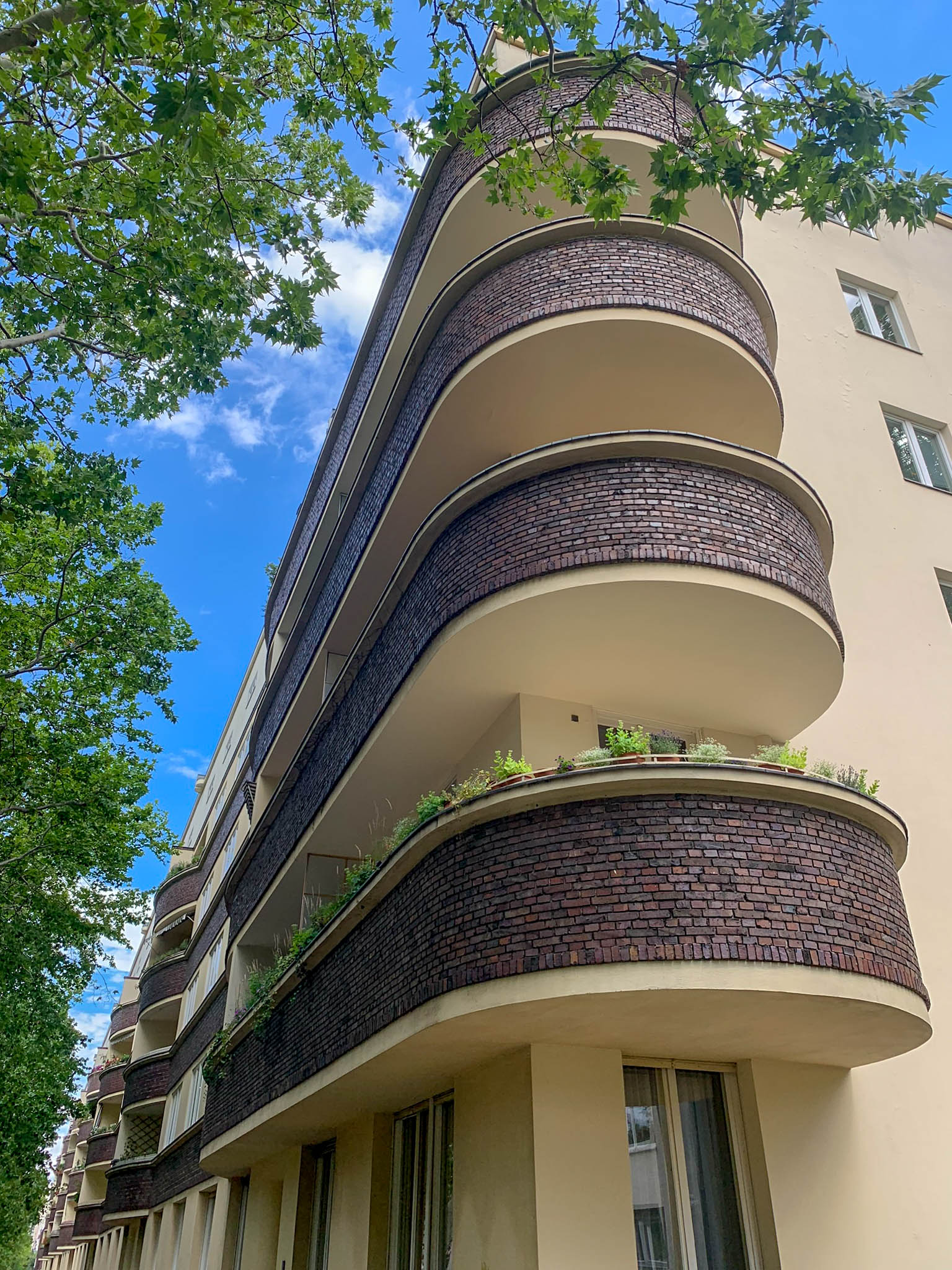
WOGA Complex, housing complex Cicerostraße, 1926-1931. Architect: Erich Mendelsohn. Photo: Daniela Christmann
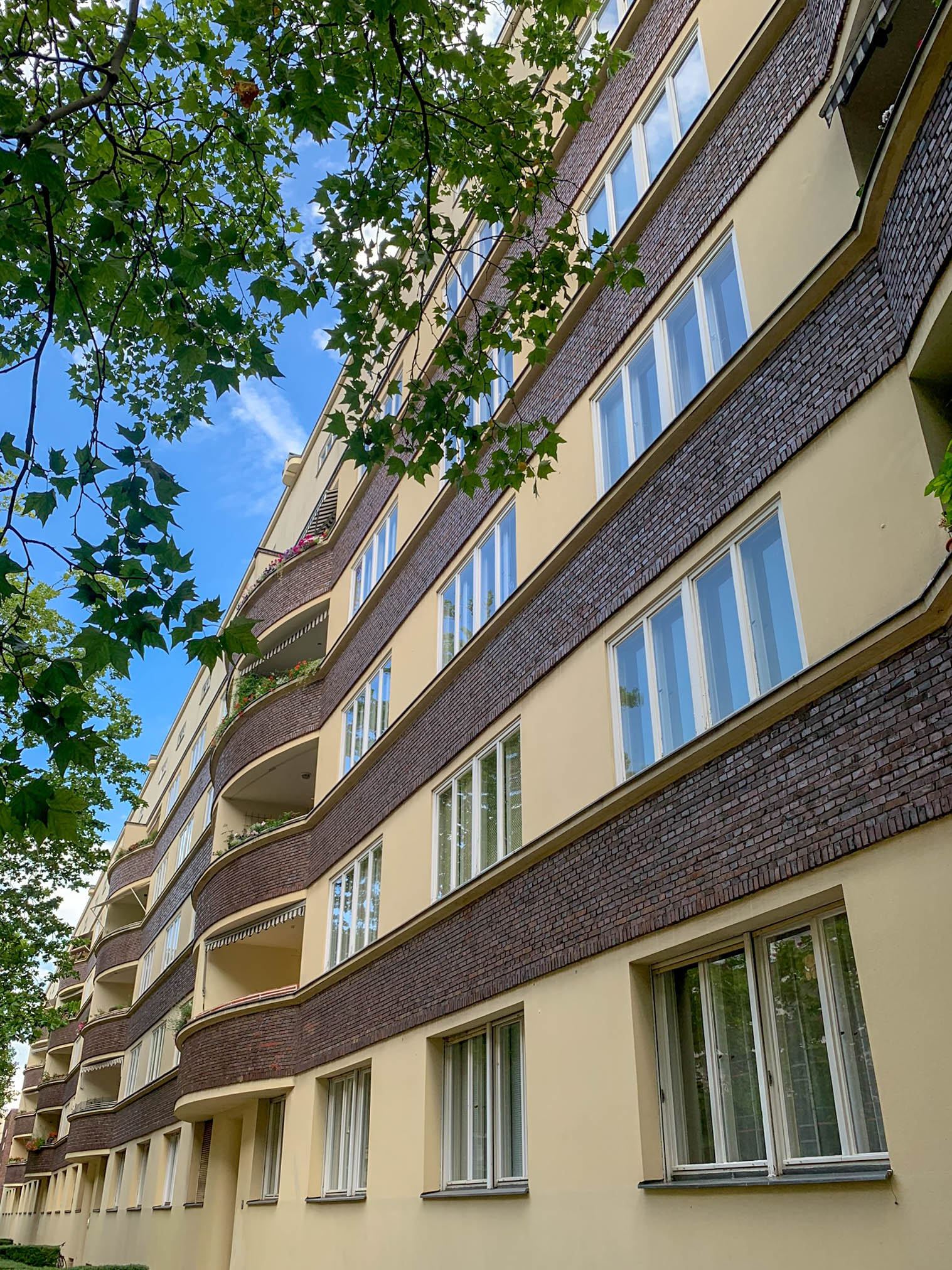
WOGA Complex, housing complex Cicerostraße, 1926-1931. Architect: Erich Mendelsohn. Photo: Daniela Christmann
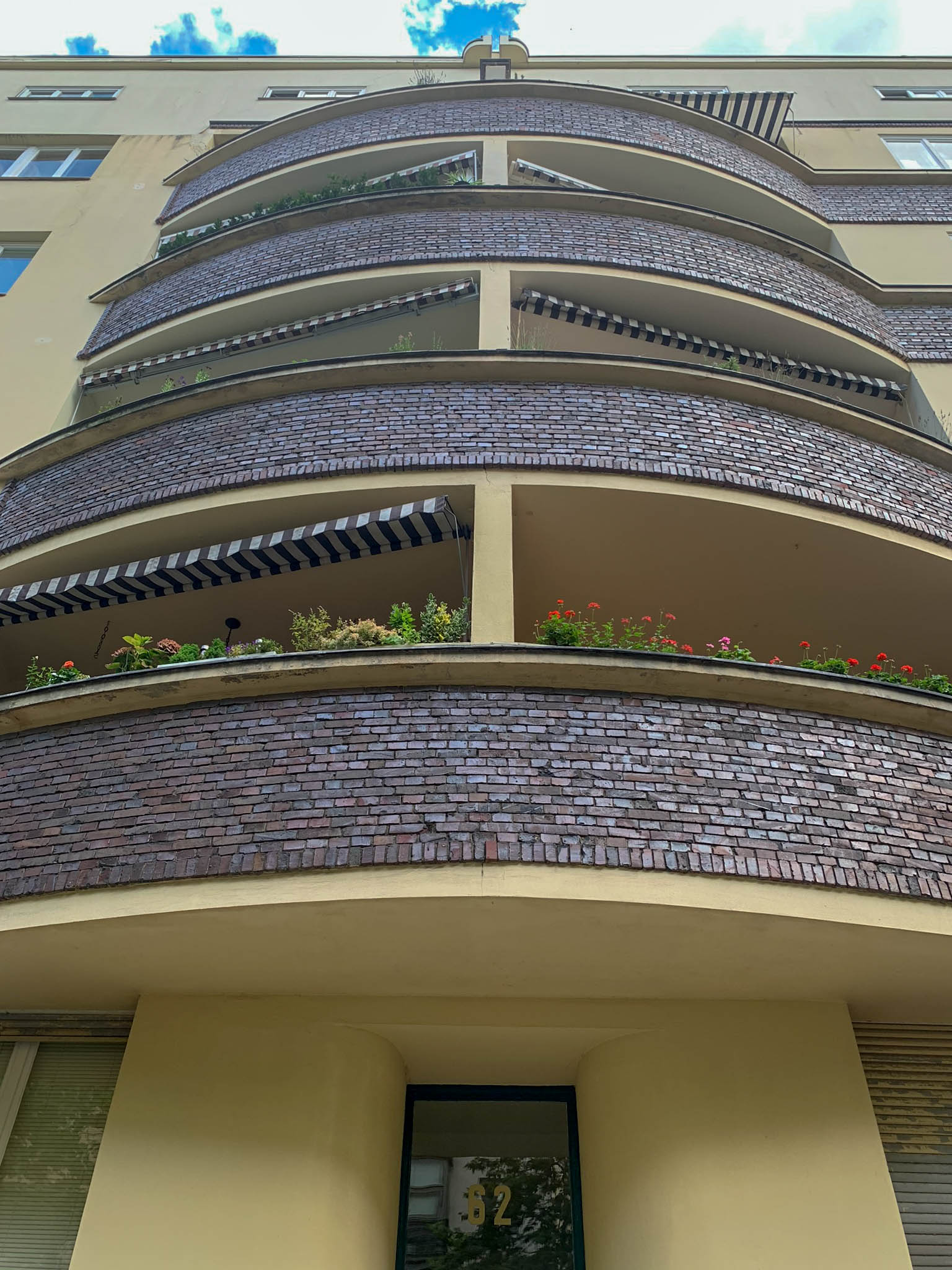
WOGA Complex, housing complex Cicerostraße, 1926-1931. Architect: Erich Mendelsohn. Photo: Daniela Christmann
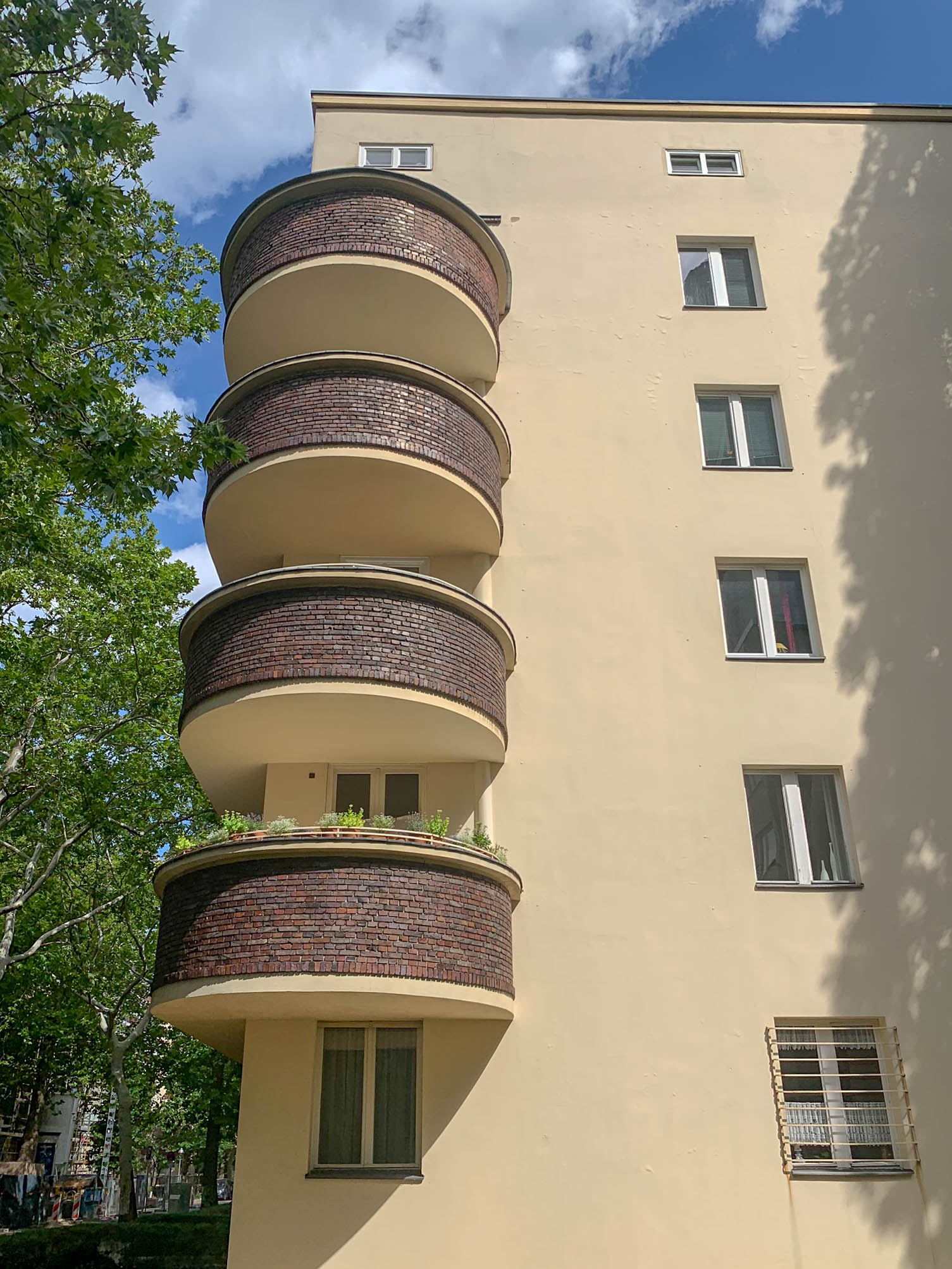
WOGA Complex, housing complex Cicerostraße, 1926-1931. Architect: Erich Mendelsohn. Photo: Daniela Christmann
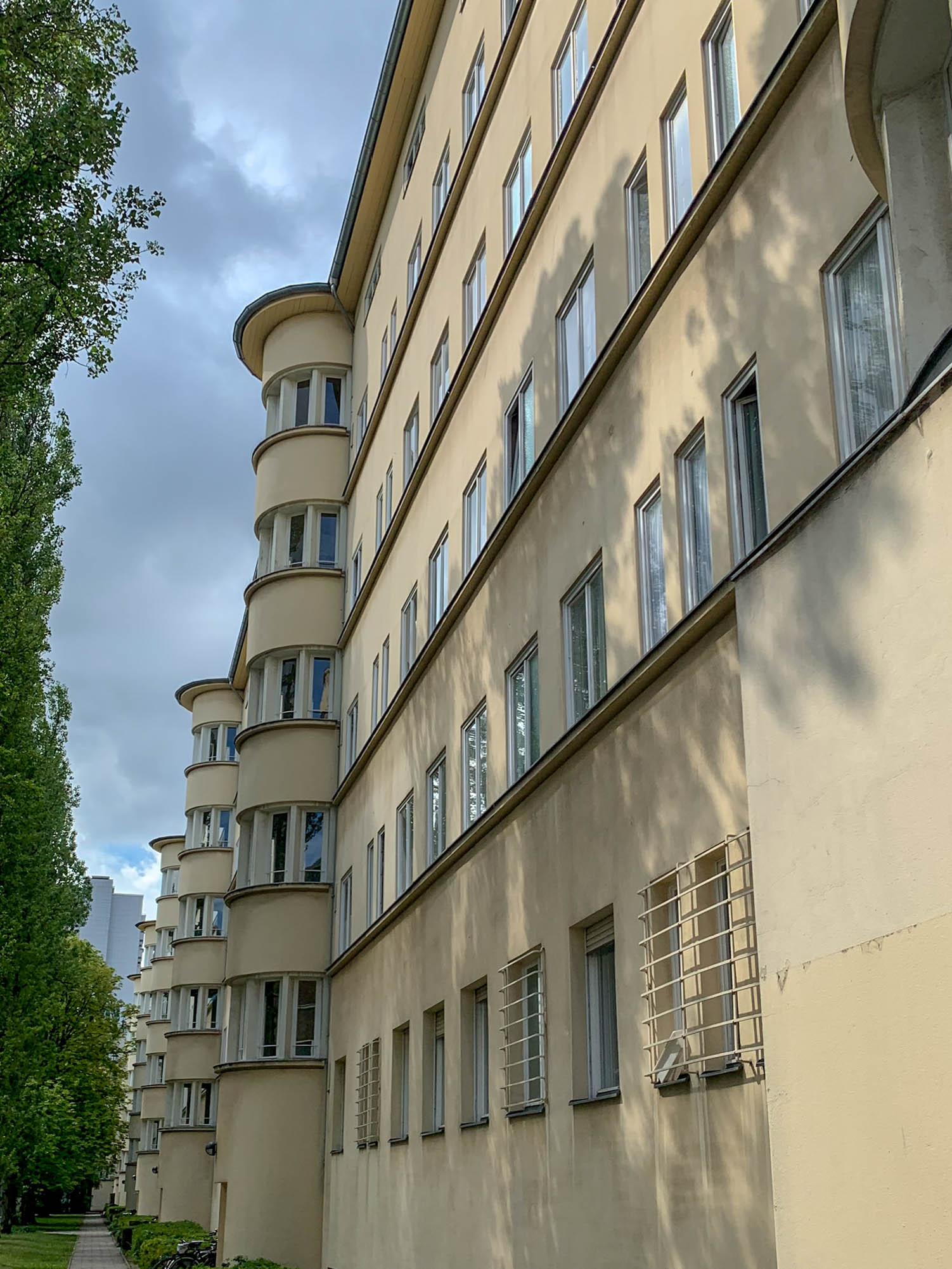
WOGA Complex, housing complex Cicerostraße, 1926-1931. Architect: Erich Mendelsohn. Photo: Daniela Christmann
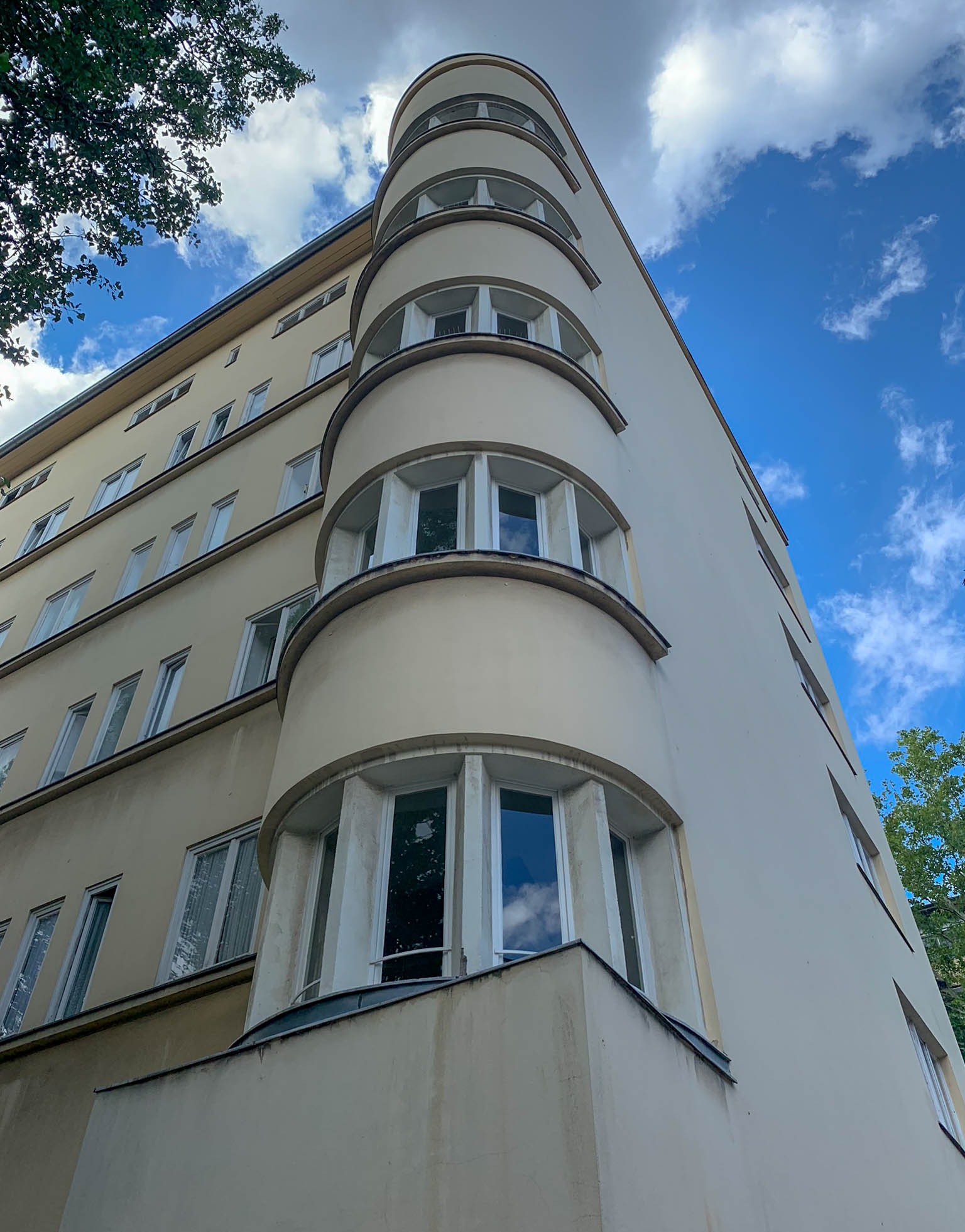
WOGA Complex, housing complex Cicerostraße, 1926-1931. Architect: Erich Mendelsohn. Photo: Daniela Christmann
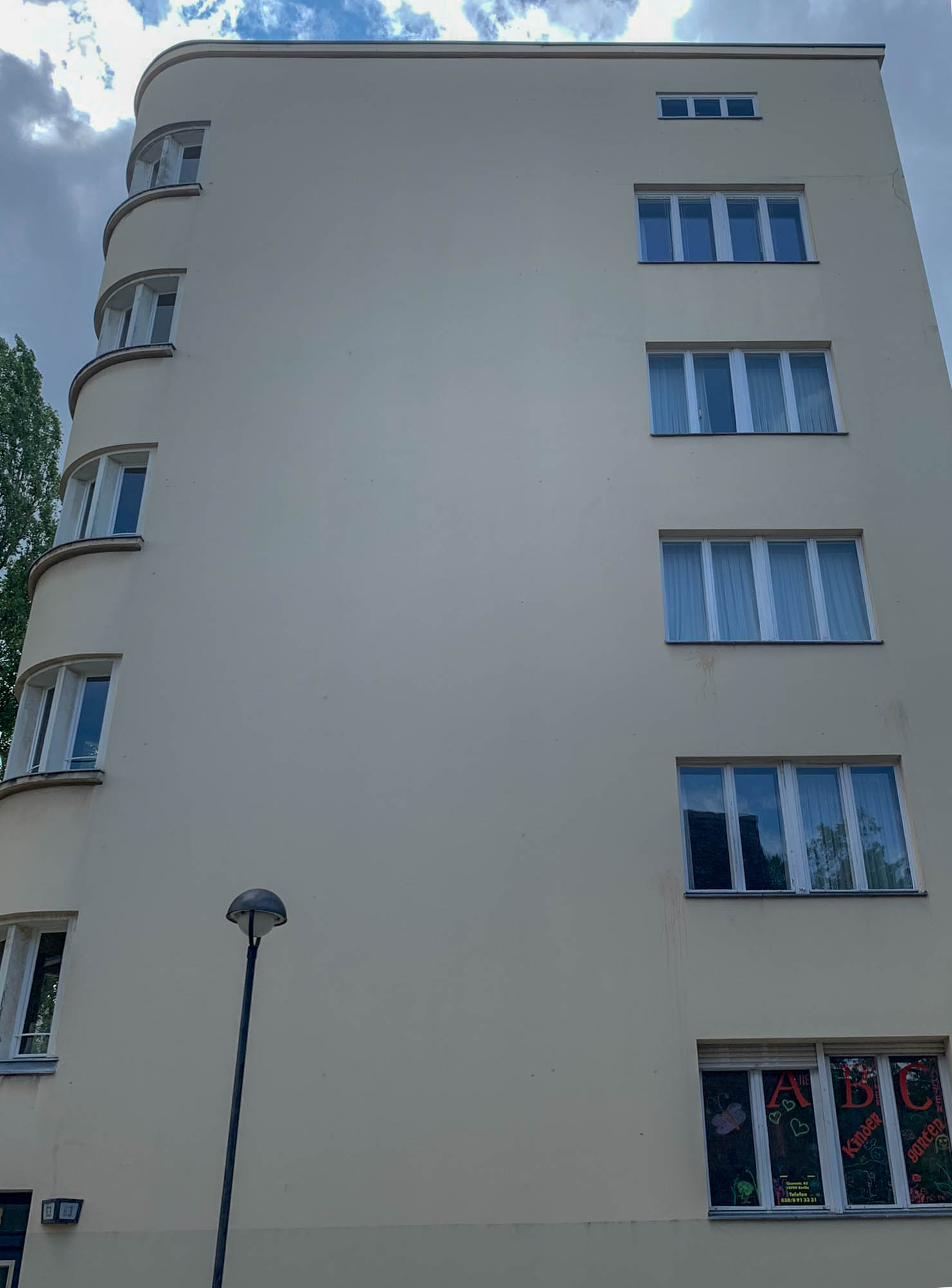
WOGA Complex, housing complex Cicerostraße, 1926-1931. Architect: Erich Mendelsohn. Photo: Daniela Christmann
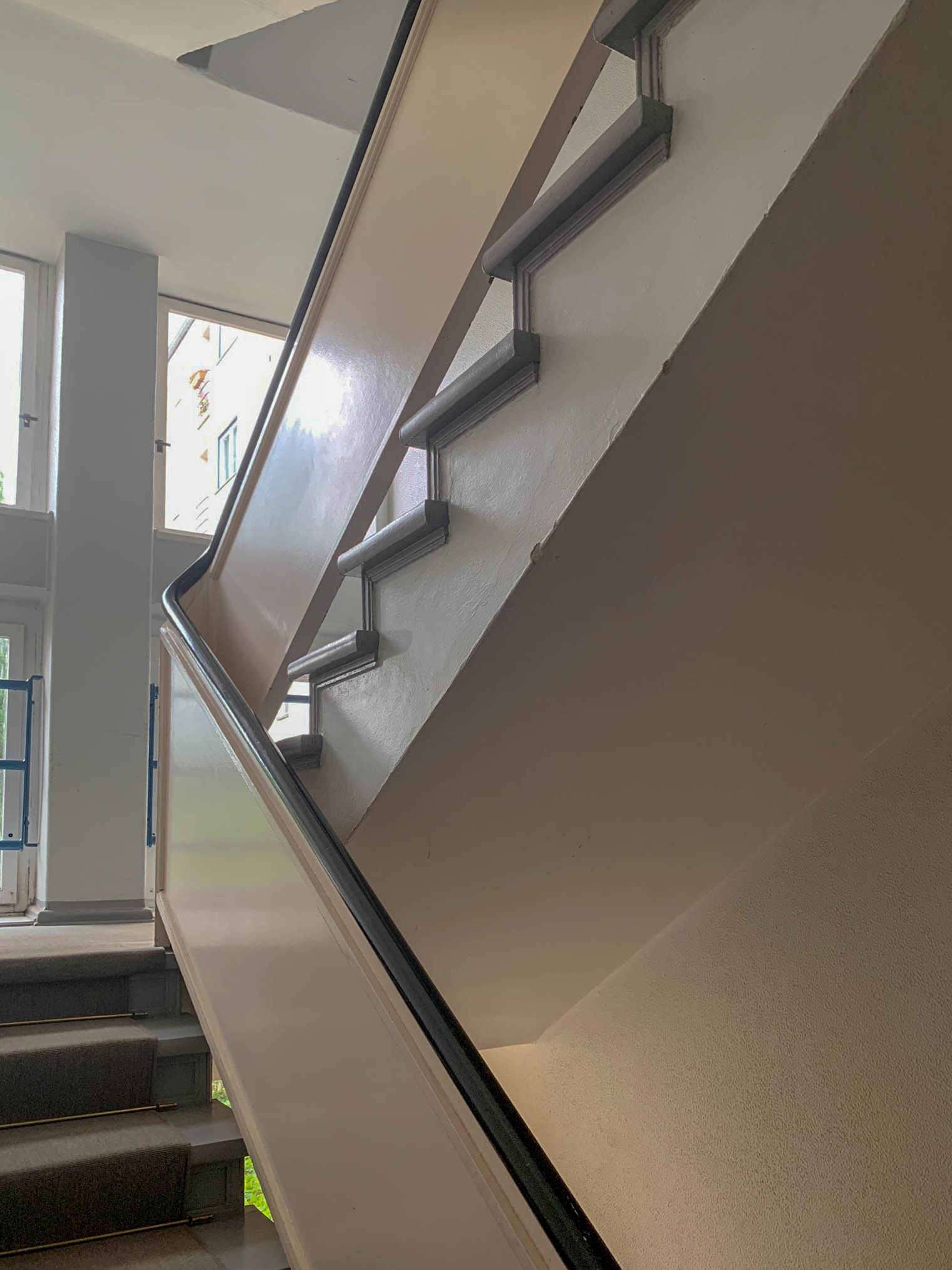
WOGA Complex, housing complex Cicerostraße, 1926-1931. Architect: Erich Mendelsohn. Photo: Daniela Christmann
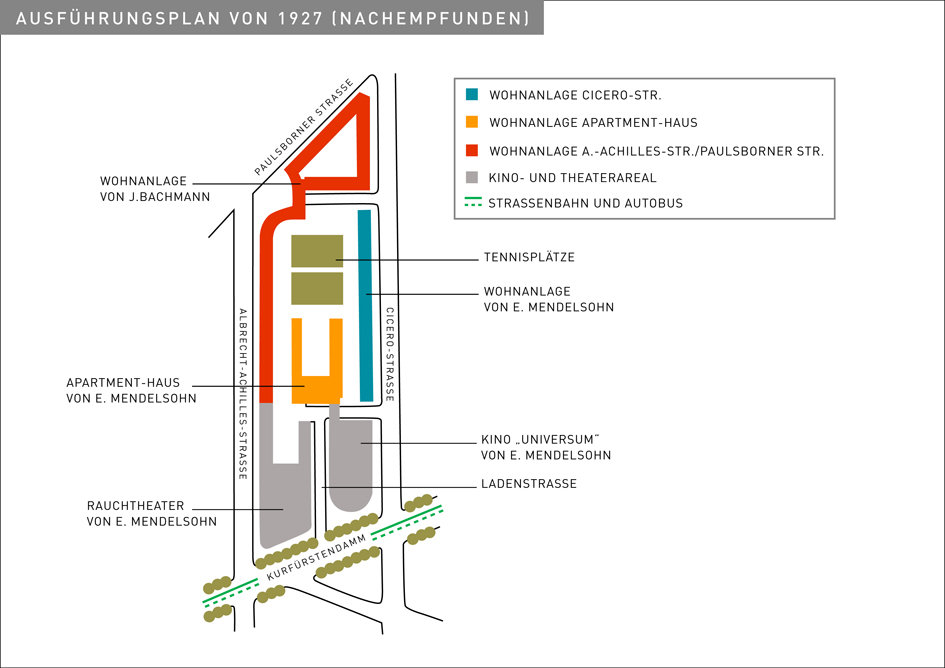
Detailed plan of the WOGA complex by Erich Mendelsohn from 1927; largely identical to its current state (SL1974 (S.Lucht), CC BY-SA 3.0 <http://creativecommons.org/licenses/by-sa/3.0/>, via Wikimedia Commons)

